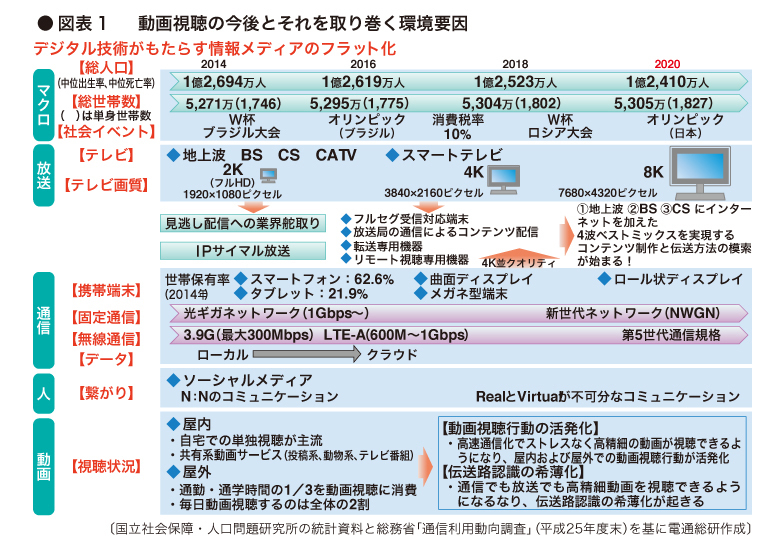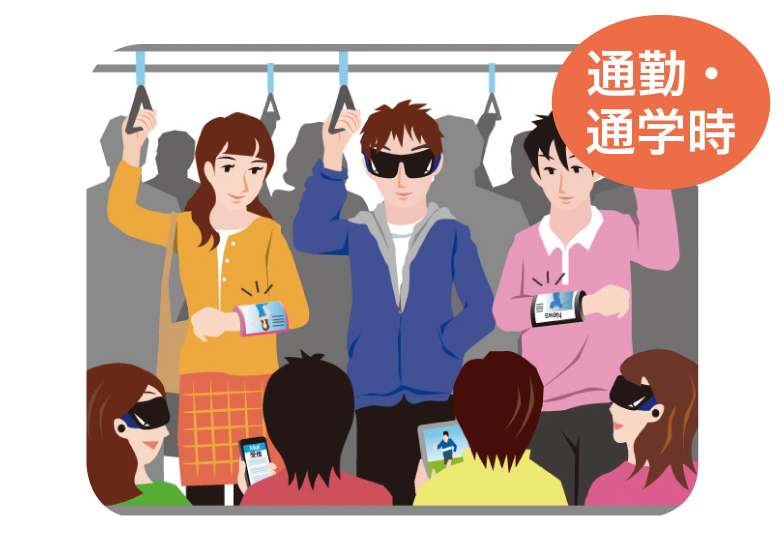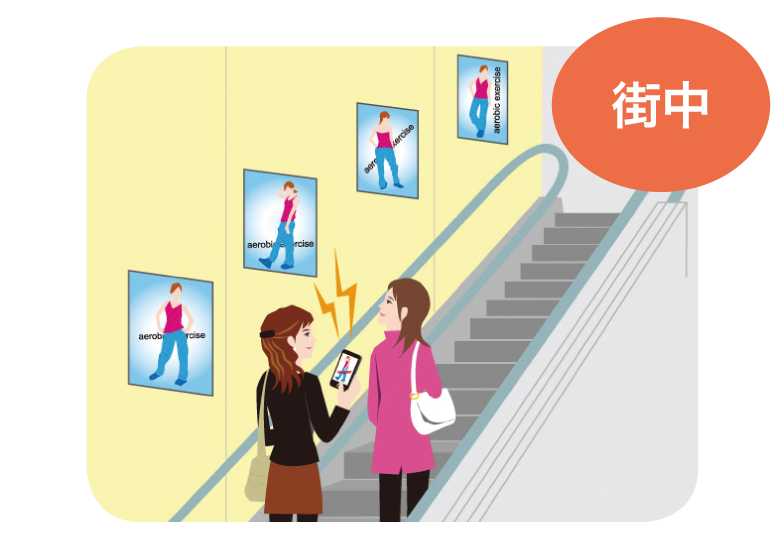◆ Acceleration of Omni-Channel Video Consumption
As technological advances continue to increase communication speeds, the distinction between content delivered via communication networks versus broadcast networks will likely become increasingly blurred. While there was once a clear dichotomy—TV = broadcast = high definition, Internet = communication = low definition—the ability to deliver video at near-4K quality over communication networks will lead to a "diminishing awareness of transmission pathways" from the audience's perspective.
Our original research examined thus far also confirms that content perceived as originating from television still holds significant presence. However, even with the emergence of 4K TVs and 5G communication standards, the fundamental dynamic remains unchanged: compelling content attracts audiences. What audiences want to watch is what they want to watch, regardless of whether they are at home or outside, or the transmission path.
Thus, driven by technological evolution and environmental improvements, audiences are expected to begin adopting diverse behaviors such as watching internet videos outdoors, timeshift viewing, and place-shift viewing. Younger generations, who have grown up with smartphones in hand, will likely become more active in these areas. IP simulcast program delivery utilizing internet communication and TV program viewing via remote viewing devices will also become commonplace.
Anticipating this environment of anytime, anywhere video viewing—the phenomenon of "omni-viewing"—players in the information media industry will need to quantitatively understand young viewers' viewing patterns across different transmission paths and various "occasions" encompassing time and space, while maintaining and developing their current business model foundations.
Video viewing will become even more active among smartphone-native younger generations, who consume content without distinguishing between broadcast and streaming. To respond, media/content companies are expected to begin exploring business models that optimally combine the four media types shown in Figure 1: terrestrial broadcast, BS satellite, CS satellite, and the internet. Close attention to future video market trends will be essential.












